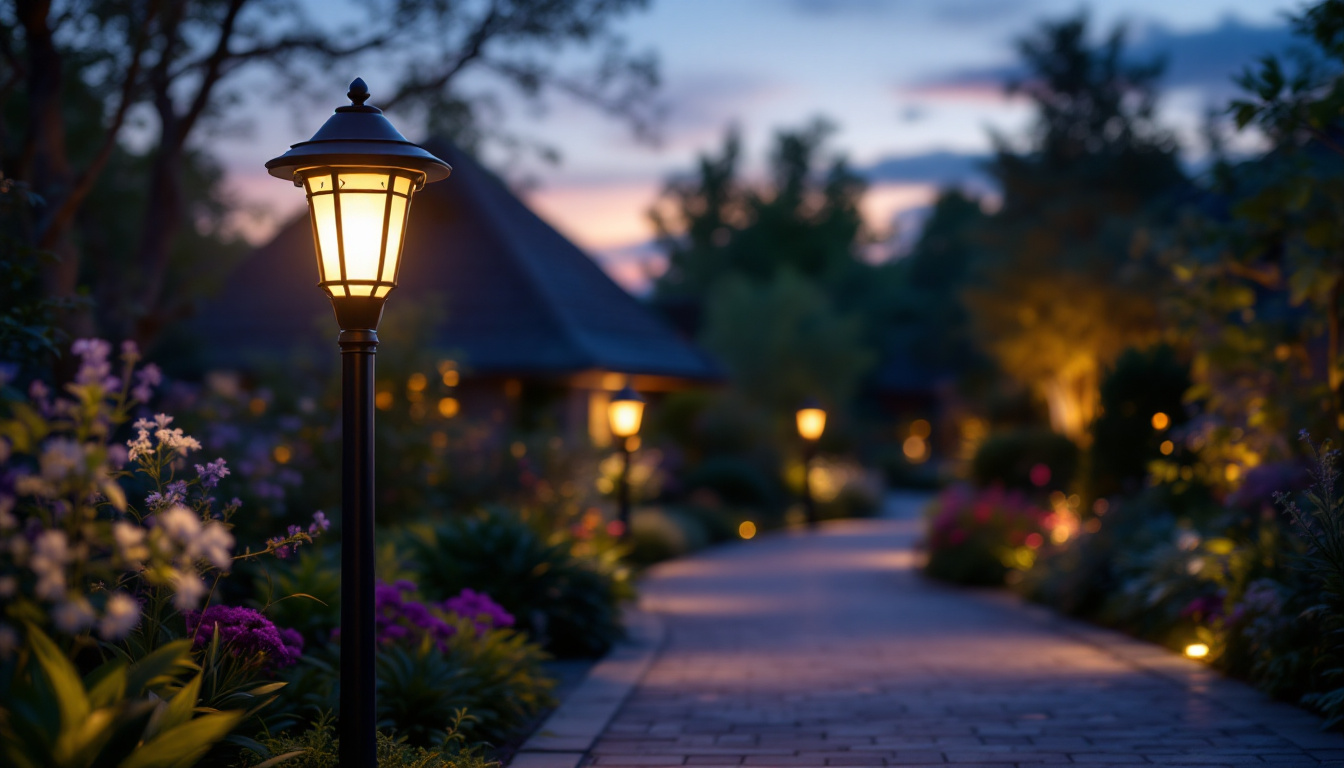
Construction light strings are more than just a source of illumination; they are critical tools that influence safety, productivity, and project timelines. For lighting contractors, selecting the right light string can make a significant difference in how a construction site operates after dark or in low-light conditions.
Unlike typical residential or commercial lighting, construction light strings must withstand harsh environments—dust, moisture, impact, and constant movement. They are designed to be rugged and reliable, ensuring that workers have consistent, bright light where they need it most. This reliability is crucial because inadequate lighting can lead to accidents, errors, and delays.
For contractors, understanding the nuances of construction light strings is essential. It’s not just about plugging in a string of bulbs. Factors like durability, energy efficiency, ease of installation, and compliance with safety standards all come into play. Choosing the wrong product can result in frequent replacements, increased costs, and compromised safety.
Moreover, construction light strings can vary significantly in terms of brightness and color temperature, which can affect visibility and worker comfort. For instance, a cooler color temperature can enhance alertness and focus, making it ideal for intricate tasks, while warmer tones may create a more relaxed atmosphere for general site work. Additionally, many modern light strings come equipped with LED technology, which not only provides superior brightness but also consumes less energy, reducing overall operational costs. This energy efficiency is especially important on large job sites where lighting can account for a substantial portion of the energy budget.
Another important aspect to consider is the layout of the construction site itself. Proper placement of light strings can illuminate critical areas such as scaffolding, equipment zones, and pathways, thereby minimizing the risk of accidents. Contractors often employ strategic lighting plans that take into account the specific tasks being performed and the movement patterns of workers and machinery. By doing so, they can create a safer and more efficient work environment, ultimately leading to smoother project execution and timely completion.
Construction sites are tough environments. Light strings must resist water, dust, and physical damage. Look for products with high IP ratings (Ingress Protection), typically IP65 or higher, which guarantee protection against dust and jets of water. Rubberized or heavy-duty casings help prevent damage from accidental impacts or rough handling.
Additionally, UV resistance is important for outdoor projects exposed to sunlight for extended periods. Without it, the cables and bulbs can degrade quickly, leading to failure and replacement costs. The longevity of lighting fixtures not only impacts the budget but also affects the overall safety of the worksite. A well-lit environment is crucial for preventing accidents and ensuring that workers can see their tasks clearly, especially in low-light conditions or during early morning and late evening hours.
Brightness is measured in lumens, and for construction purposes, brighter is generally better. However, the quality of light matters just as much. A light string that produces harsh, flickering, or uneven light can cause eye strain and reduce visibility. Contractors should opt for LED light strings that offer consistent, flicker-free illumination with a color temperature that mimics daylight (around 5000K to 6500K).
LEDs also provide better energy efficiency, reducing power consumption and heat generation, which is beneficial for long work hours and tight electrical setups. Moreover, the ability to adjust the brightness levels can be a game-changer on job sites, allowing teams to tailor the lighting to specific tasks, whether it’s detailed work requiring focused light or broader illumination for general safety. This adaptability not only enhances productivity but also contributes to a more comfortable working environment.
Time is money on construction sites. Light strings that are easy to install and reposition save labor hours. Features like lightweight cables, flexible wiring, and simple connection systems make it easier for crews to set up lighting quickly and adjust as the project evolves.
Modular designs that allow contractors to link multiple strings or replace individual bulbs without dismantling the entire setup add convenience and reduce downtime. Furthermore, the use of quick-release connectors and integrated hanging systems can streamline the setup process, enabling teams to focus on their work rather than getting bogged down in complicated installations. This flexibility is especially important in dynamic construction environments where layouts can change frequently, ensuring that lighting can adapt to new configurations without significant delays.
Safety is paramount on any construction site, and lighting plays a central role in preventing accidents. Poorly lit areas increase the risk of trips, falls, and equipment mishandling. Construction light strings must comply with OSHA and other relevant safety standards to ensure they do not introduce electrical hazards.
Ground fault circuit interrupters (GFCI) are a must-have feature. They protect workers from electric shock by shutting off power if a fault is detected. Additionally, contractors should verify that light strings have proper insulation and strain relief to prevent exposed wires and accidental disconnections.
Another safety factor is heat management. Some older or cheaper light strings can get dangerously hot, posing burn risks or fire hazards. LED-based construction light strings produce significantly less heat, making them safer for prolonged use in confined or flammable environments.
Energy consumption is a major consideration for contractors managing large projects. Construction light strings that use LED technology can reduce electricity usage by up to 75% compared to traditional incandescent or halogen bulbs. This translates into substantial savings, especially on projects requiring extended night shifts or continuous lighting.
Lower energy use also means less strain on generators or temporary power supplies, which are common on construction sites. This can reduce fuel costs and maintenance needs, indirectly lowering overall project expenses.
While LED light strings may have a higher upfront cost, their longer lifespan and reduced energy consumption often make them more economical over the course of a project. Lighting contractors who recommend and install efficient light strings can add value by helping clients reduce operational costs.
Construction lighting must meet specific regulatory requirements to ensure safety and performance. Lighting contractors should be familiar with standards such as UL (Underwriters Laboratories) listings, which certify that products have been tested for safety. Additionally, compliance with ANSI (American National Standards Institute) and NEC (National Electrical Code) guidelines is essential.
Using non-compliant light strings can expose contractors and their clients to liability risks and potential fines. Furthermore, insurance claims related to accidents caused by faulty lighting may be denied if proper standards were not followed.
Contractors should also consider environmental regulations. Some jurisdictions require the use of energy-efficient lighting or restrict certain hazardous materials. Staying informed about these rules helps contractors avoid costly project delays or rework.
Indoor construction sites, such as commercial buildings or residential interiors, often require light strings that are compact, easy to maneuver, and produce minimal heat. In contrast, outdoor sites demand more robust, weatherproof options that can handle rain, wind, and dust.
Lighting contractors should assess the specific conditions of each job site to select appropriate products. For example, a roofing project might need light strings with extra UV protection and waterproof connectors, while an interior drywall installation might prioritize lightweight and flexible cables.
Some projects require lighting for just a few days or weeks, while others may need it for months. Temporary lighting solutions should be quick to install and remove without damaging the site or equipment. Long-term installations benefit from higher durability and energy efficiency, even if the initial investment is greater.
Understanding the duration and intensity of use helps contractors recommend products that balance cost and performance effectively.
Certain construction environments have unique lighting needs. For example, hazardous locations with flammable gases or dust require explosion-proof or intrinsically safe light strings. Cold storage or refrigerated areas need lighting that functions reliably at low temperatures.
Lighting contractors must be knowledgeable about these specialized requirements to ensure safety and compliance. Partnering with manufacturers who offer certified products for these environments can simplify the selection process.
Even the best construction light strings require regular inspection and maintenance to ensure optimal performance. Contractors should establish routines for checking connections, cleaning lenses, and replacing damaged bulbs or cables promptly.
Common issues include flickering lights, which may indicate loose wiring or voltage fluctuations, and dimming bulbs caused by dirt accumulation or aging components. Addressing these problems quickly prevents downtime and maintains a safe working environment.
Training site personnel on proper handling and storage of light strings can extend their lifespan. For instance, avoiding sharp bends in cables and protecting lights from heavy equipment reduces wear and tear.
Construction light strings are indispensable tools that directly impact the success of a project. For lighting contractors, mastering the selection, installation, and maintenance of these products enhances reputation and client satisfaction.
By prioritizing durability, safety, energy efficiency, and compliance, contractors can deliver lighting solutions that keep job sites productive and secure. Understanding the specific needs of each project ensures the right light strings are used-no more, no less-saving time and money.
Ultimately, investing in quality construction light strings is an investment in the smooth operation and safety of every construction site. Lighting contractors who recognize this will stand out as trusted partners in the industry.
Ready to enhance your construction sites with the best lighting solutions? At LumenWholesale, we provide lighting contractors with the highest quality, spec-grade construction light strings at unbeatable wholesale prices. Say goodbye to middleman markups and hello to superior products that meet the most rigorous industry standards. With our hassle-free bulk buying and free shipping, you can equip your projects with premium lighting that ensures safety, efficiency, and compliance—without any hidden fees. Elevate your lighting game and give your projects the advantage they deserve. Wholesale Lighting at the Best Value is just a click away.

Discover how outdoor solar lamp posts can transform your lighting installations into profitable ventures.

Discover if A19 is a standard bulb and learn essential tools for lighting contractors.

Discover how expert lighting contractors can transform your art gallery into a captivating visual experience.

Explore the ultimate guide to shop lighting solutions, comparing traditional options with innovative alternatives.